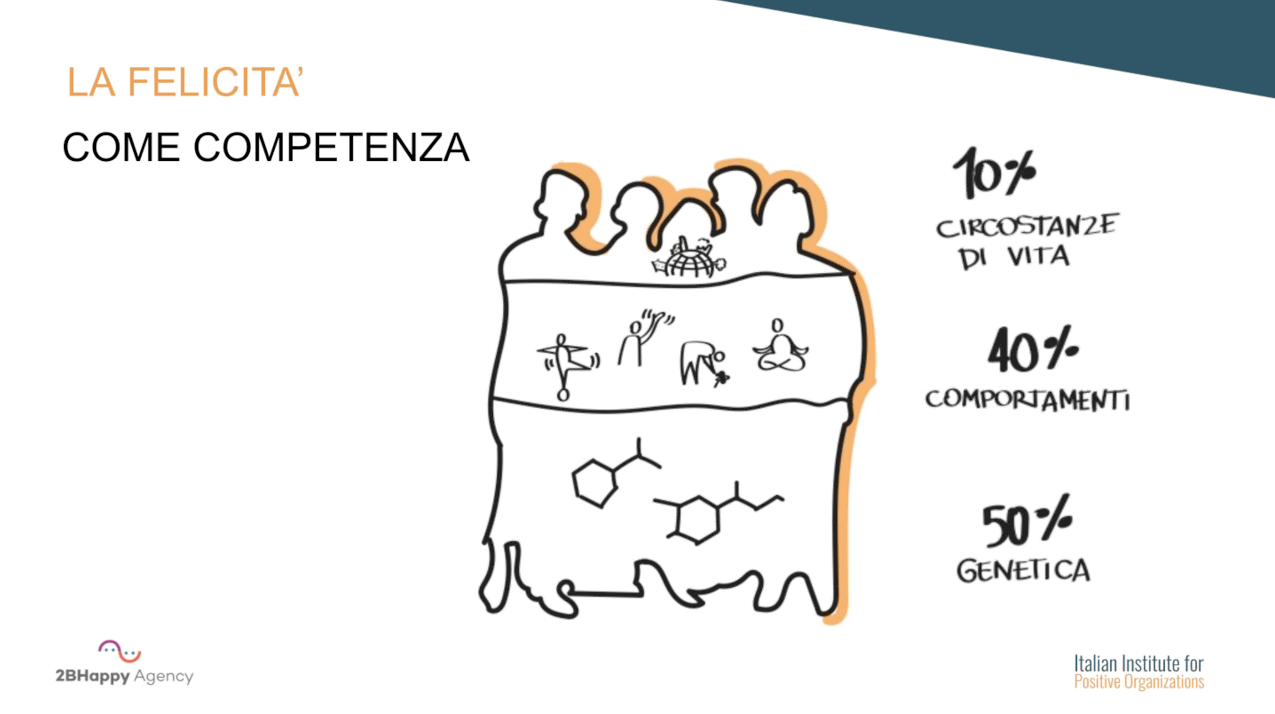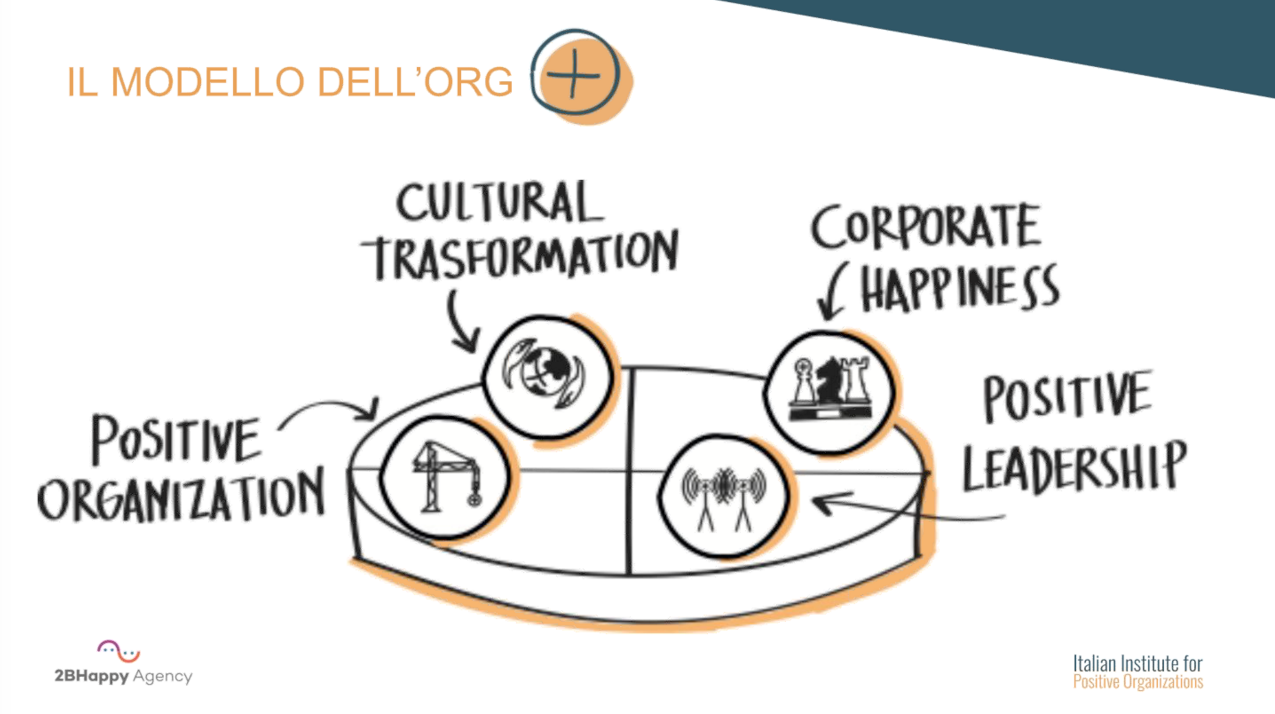
This article about the role of the Chief Happiness Officer, concludes the Happiness in the Workplace column curated by Daniela Di Ciaccio for WOW!
It is no coincidence that it was posted on March 20, International Happiness Day, while the (virtual) Happiness Marathon organized by 2BHappy Agency with its network of Positive Geniuses has been underway for some hours.
In this fourth article, the author answers questions that companies often ask themselves.
How can we motivate our employees, push teams to take on more responsibilities and improve collaboration?
How can we get rid of the #badmanager, change the organizational culture, develop trust and make our work more agile if the organization is not agile?
When we ask people to tell us what are the best moments of their life, most report episodes and situations that belong to the personal sphere. Yet we spend 1,725 hours on average per year, about 30% of our active lives that we burn in bad moods, small disagreements between colleagues or worse relationships with leaders.
And together with an involving and meaningful working life, 500 billion euros go up for lack of productivity …
That’s why happiness at work is crucial: because a happy worker gets less sick, lives longer, is more creative, more involved, works better and produces more.
However, to built a positive organization is a real process of cultural change that requires the transition from a work culture based on stress and pressure, a leadership style of the type commands and controls and hierarchical organizational structures to visions and models based on We, on the production of positive chemistry and wellbeing, on trust and total transparency .. That change requires supervision, competence and patience.
The Chief Happiness Officer is the actor and driver of this cultural change.
The CHO completes and enriches the skills of professional figures already present in the company such as HR manager, CEO, entrepreneurs, welfare and community managers, consultants aware to acquire new languages and skills capable of anticipating the future and making organizations evolve towards eco-systemic models.
So what is the identik of a CHO? what distinguishes him from a traditional HR Manager?
There are two specific and innovative characteristics of this role:
the vision of the organization;
and an effective and adaptive methodology based on scientific operating principles.
The Chief Happiness Officer has a systemic and integrated view of the Organizations.
He sees organizations as living, complex and adaptive organisms that constantly change through internal and external interactions, and sees people in their “fullness”, with needs, talents, abilities, values, also in constant change.
The chief happiness officer is an expert of Positive Organizations, his approach is capable of making organizational processes dialogue with behaviors and culture, in order to generate consistency and make happiness a solid organizational strategy.
For example, the engagement cannot be considered only through partial actions (perhaps introducing a specific policy to improve people’s well-being, such as the yoga course), but working on whole system (leadership style not only oriented to results, agile and smart work processes, culture of wellbeing ..) to create the conditions and context for people to feel involved, supported and the chosen policy to be effective.
The Chief Happiness Officer has an adaptive methodology based on “scientific operating principles”, not a recipe for standard rules to be applied in any situation and regardless of context.
The method he uses is not a checklist of practices to copy and paste in any context”one-size doesn’t fit all”. It is an architecture of scientific principles offered by the Science of Happiness and which we have seen in previous articles, which allow the CHO to choose what to do, where to start and what practices to adopt to design the strategy and implement the most effective and congruent organizational development path with the context which operates in.
The CHO does not have the magic wand to make order once and for all in the vital complexity of the organization, but always has a question that can support the strategic choice in any type of situation: this action, decision, practice, initiative will increase the happiness of the our colleagues, customers, stakeholders, communities .. or will it decrease it?
The chief happiness officer is an impact multiplier:
“We want a Chief Happiness Officer in every organization, so that in every workplace the culture of happiness and positivity becomes a strategic priority, for the wellbeing and sustainability of people and company.”
Text by Daniela Di Ciaccio, co-founder of 2BHappy Agency.


















